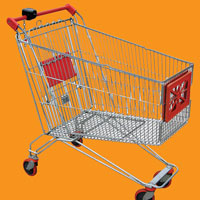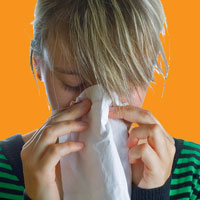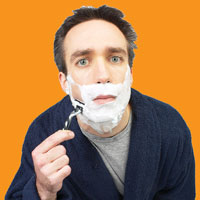Five retail trends you should understand
1. The grey pound
The over-50s are big spenders in the health and beauty arena. Not only do they account for two in five shoppers in the category, but they also make up almost half of spending – parting with an average of £192 a year. This trend is only set to grow in the future.
Ashley Anzie, consumer insight director at Kantar Worldpanel, brands this good news for the pharmacy sector: as customers over 50 tend to suffer from a higher number of ailments, pharmacies naturally attract a sizeable proportion of this age group.
Pharmacists can capitalise on this popularity by recommending products to suit their needs, says Mr Anzie. "If it's a long-term or chronic condition, they're more likely to deflect to own-label, but if it's a recent diagnosis, they're more likely to seek a professional recommendation," he says.
When it comes to stock choices, catering for this population is largely common sense – toothpaste, for example, should offer gum protection, while skincare products should boast anti-ageing properties.
 2. Bargain basement
2. Bargain basement
The threat from bargain retailers is easy to see. In the last quarter of 2013, discounters such as Aldi grew their health and beauty sales by a staggering 17 per cent, and bargain stores such as Poundland registered a 9 per cent growth. This compared with relatively meagre growth in the market overall of just 1 per cent.
But the future is not quite as apocalyptic as it may seem for pharmacies, according to Mr Anzie. He doesn't believe there's any need for an all-out price war with the discounters. This is largely because bargain retailers only perform well in certain categories – namely analgesics and cold and flu remedies.
"Most of the bargain stores exclude the large majority of [health and beauty] ranges. There's a threat there, but it's limited," he argues. "Because healthcare is a needs-based purchase, people are often prepared to spend more," Mr Anzie adds.
 3. Education gap
3. Education gap
British consumers often neglect to treat their ailments, Mr Anzie says. He names hayfever as a prime example of this trend. Although a third of the population say they suffer from the condition, only 40 per cent of these people buy any form of hayfever treatment. It doesn't take a shrewd business mind to see there is "huge potential" there for pharmacies.
So, how can pharmacists convert these silent sufferers? Mr Anzie says understanding their motivation for going without treatment is vital. Some customers find products with an "overly scientific look" unappealing and others prefer to take natural products, he says. But the most important thing is to educate consumers on the benefits of taking some form of remedy. "The more that message can get through to people, the more we can get people to start treating themselves," he says.
 4. Online growth
4. Online growth
We've all heard the prophecies of online outlets taking over the health and beauty market. The online arena grew by 25 per cent last year, suggesting there is some truth to this, and Mr Anzie names it as the "fastest growing channel in grocery at the moment". But he believes there is little chance of online dominating the healthcare market.
"Part of it is the speed element: you tend to buy [healthcare products] because something is wrong with you, so it's always been a bit of a challenge for online retailers to deliver that," Mr Anzie explains. Pharmacies' popularity with older shoppers will also protect them from this threat to some extent, he adds, as they tend to spend less online.
 5. Male potential
5. Male potential
Men are traditionally under-represented in the health and beauty market. They buy fewer healthcare items, including analgesics and vitamins. In fact, women even make up half of purchases of male grooming products, which they tend to buy for partners or family.
Pharmacies tend to suffer from the same problem of failing to attract men. But Mr Anzie stresses that, where you can draw them in, it tends to pay off. "Men spend more, so the more you convert them, the better," he stresses. With nicotine replacement therapy, for example, men spend an average £30 more than women.
]]>


